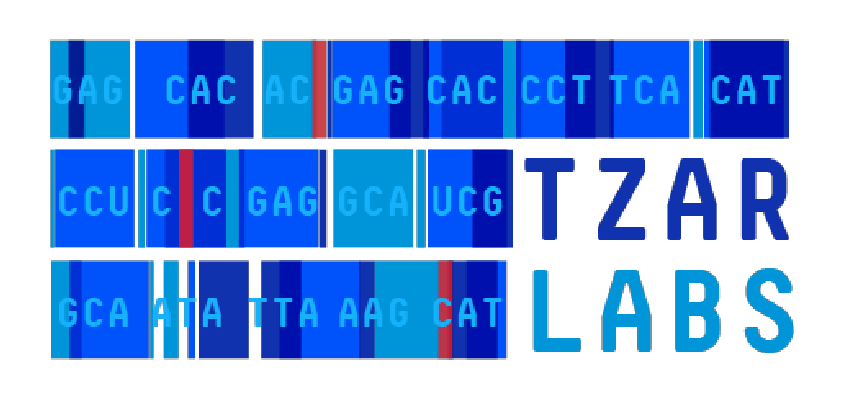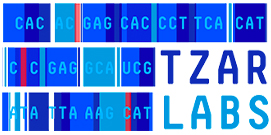March is Brain Tumour Awareness Month, which aims to raise awareness about the challenges faced by individuals and families affected by these complex conditions and highlight the importance of early detection.
Understanding Brain Tumours
A brain tumour is an abnormal growth of cells within the brain or central spinal canal. These tumours can be benign (non-cancerous) or malignant (cancerous), and their impact can vary significantly depending on their location, size, and type. Recognising the symptoms and understanding the risk factors are crucial steps in early intervention.
Symptoms to Be Aware Of
Recognising the signs of a brain tumour is vital for early diagnosis. Symptoms can vary, but some common indicators include:
- Persistent headaches, especially those that are worse in the morning.
- Seizures or convulsions.
- Unexplained nausea or vomiting.
- Changes in vision, hearing, or speech.
- Balance problems or difficulty walking.
- Weakness or numbness in limbs.
- Changes in personality or behaviour.
- Confusion or memory problems.
Individuals who notice any of the mentioned symptoms should consider seeking medical advice. Early diagnosis has the potential to enhance treatment results.
Early detection is paramount in the fight against brain tumours. While traditional imaging techniques like MRI and CT scans are invaluable for visualising tumour masses, they may not always detect tumours at the earliest stages—when cellular changes are just beginning, and before a substantial mass has formed.
Early Detection of Brain Tumours – Onco B3
Onco B3, a technology developed by Tzar Labs and Epigeneres Biotech, focuses on detecting cancer stem cells (CSCs) in peripheral blood. These natural cells, which mobilise into circulation once an organ is impacted by cancer, appear in the bloodstream very early on in the process, well before symptoms and tumour development.
CSCs play a crucial role in tumour initiation, growth, and metastasis. In the context of brain tumours, their significance is heightened by their unique ability to traverse the blood-brain barrier (BBB). The BBB is a highly selective membrane that protects the brain from harmful substances, but it also poses a challenge for traditional diagnostic methods. However, CSCs are so small that they can pass through the BBB and enter the bloodstream.
Once the CSCs have been isolated from a patient’s blood sample, they are enriched and processed using Next Generation Sequencing (NGS). The data generated by the NGS is then analysed to provide the following detailed genetic information:
- Dysregulated Pathways
- Altered Expressions
- Genetic Mutations
Normally, this information would only be available through undertaking a Tissue Biopsy…with Onco B3 it can now be obtained from a blood sample.
Oncologists can use the data provided by Onco B3 to develop treatment protocols and evaluate patient responses to therapy.
Supporting Brain Tumour Awareness
During Brain Tumour Awareness Month, it’s crucial to support organisations dedicated to research, patient support, and advocacy. Here are some ways you can contribute:
- Donate to brain tumour research charities.
- Participate in awareness events.
- Share information on social media to raise awareness.
- Offer support to individuals and families affected by brain tumours.
External Resources:
- The Brain Tumour Charity: https://www.thebraintumourcharity.org/
- Brain Research UK: https://www.brainresearchuk.org.uk/
- NHS – Brain Tumours: https://www.nhs.uk/conditions/brain-tumours/
By raising awareness and supporting research, we can make a significant difference in the lives of those affected by brain tumours. Together we can shine a light on this critical issue.



